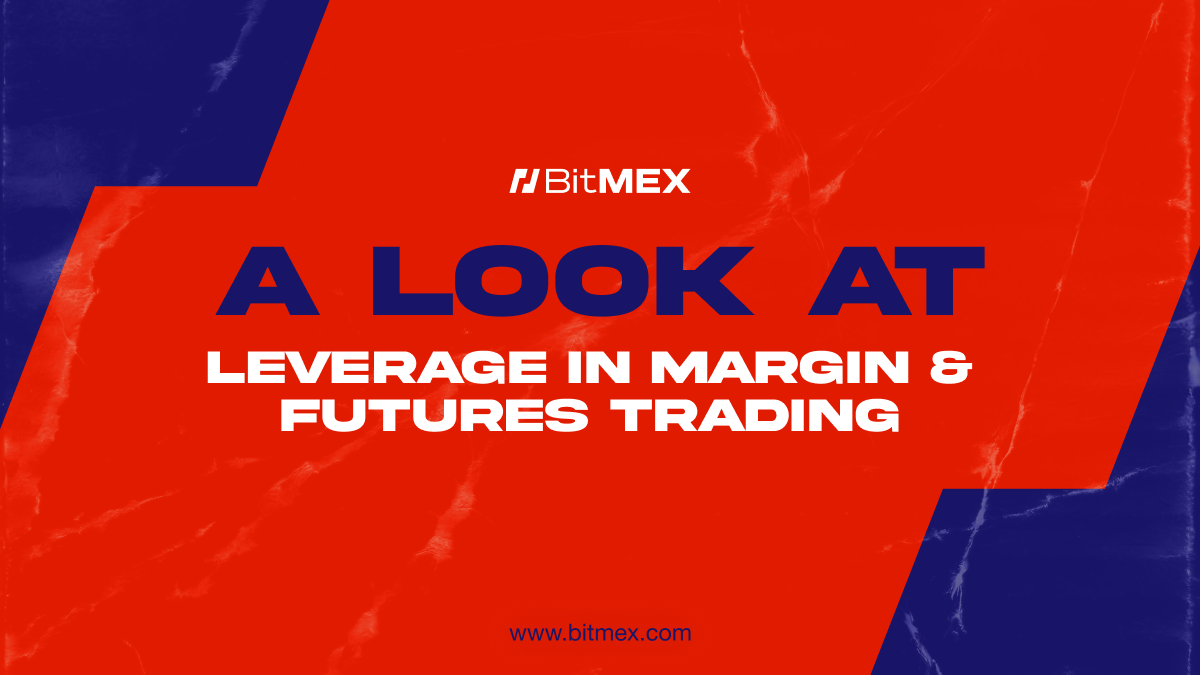
As traders graduate from spot trading to using leverage either through margin trading or futures contracts, they invariably ask themselves “Where or who is providing the leverage?” This article has been created to explain how leverage is granted when trading margin and futures crypto contracts.
What is Margin Trading and How Does it Work for Crypto?
Margin trading is seen as the next step after spot trading. When crypto trading on margin, you post collateral and someone lends you additional funds to purchase the crypto or token you seek. We’ll be using Bitcoin in this example.
Assume you have $100 USD and wish to purchase $1,000 worth of Bitcoin. To complete the trade you need to borrow an additional $900. Various crypto exchanges operate parallel markets where traders in need of additional funds, can borrow from other users. You borrow $900 from the market at an interest rate. The additional leverage was provided by someone with excess USD, and in return, you pay interest.
Your loan has an expiry date. Once it matures, you must either obtain another loan at a different interest rate, or close your position. If you intend to hold the levered position for a long period of time, you have interest rate risk. If rates rise substantially, a significant amount of your equity (the initial total sum of your assets) could go to paying interest, which could lead to the premature closure of your position. Using the above figures – if it cost you 1% per day to borrow $900, you would pay $9 per day in interest. In 12 days, your $100 equity would vanish if the price stayed flat.
Regardless of whether you make a profit or loss, you must pay back your loan. To ensure that you always have enough equity left to pay back the loan, the exchange will set a maximum leverage threshold. If due to losses on your position you breach this minimum threshold, the exchange will automatically close your position and return the principal back to the lender.
How Does Leverage Work When it Comes to Trading Crypto Futures?
Once you are comfortable with margin trading, comes futures trading. Just like trading crypto on margin, trading futures involves leverage. However, unlike margin trading, you do not borrow funds from another user. The leverage is set by the futures exchange.
Here is an example of how leverage works when trading Bitcoin futures.
If you wanted to go long on futures contracts worth 100 Bitcoin, the exchange would require you to deposit a certain percentage of that amount – BitMEX would require one Bitcoin or 1% (excluding fees), but each exchange is different. Both the long and the short side would deposit one Bitcoin.
Trading futures contracts is a zero sum game – you can only win what the loser has deposited as margin. So, if there were no other traders, your maximum gain would be one Bitcoin or 1%. Futures contracts trade on a separate order book, whereas with margin trading you trade on the spot exchange order book. The job of the futures exchange (in this instance, BitMEX) is to bring enough traders together so that the system has enough funds to allow the price of the futures contract to trade at any level.
In margin trading, your holding period is determined by the maturity of your loan. With futures trading, your maximum holding period is determined by the maturity of the futures contract. The price of the futures contract vs. the price of the underlying spot determines the implied interest rate. If you bought a one month futures contract at $32,000, but the spot price of Bitcoin was $30,000, you paid 6.66% interest to borrow funds for the leverage. With futures contracts you know the term interest rate up front, and this rate is locked for the entire duration of the contract.
The futures exchange will specify the minimum amount of equity you must maintain. If you breach this threshold, the exchange will close a portion or all of your position. They do this to ensure there is enough equity to settle all outstanding contracts at maturity. The more leverage the exchange grants, the harder it is to ensure orderly settlement of outstanding contracts.
Here is a Table That Summarises Crypto Trading Margin and Futures Contracts
|
Margin Trading |
Futures Trading |
|
|
Leverage |
Borrowed from others |
Set by the exchange |
|
Interest Rate Risk |
Variable interest rate |
Fixed interest rate |
|
Order Book |
Spot |
Futures |
|
Maximum Holding Period |
Determined by the loan maturity |
Determined by the settlement date of the futures contract |
For more educational resources on trading at BitMEX, we invite you to head here for our growing portal of educational guides that cover trading, and the wider cryptocurrency ecosystem.
As always, be the first to know about our latest updates by connecting with us on Discord, Telegram, and Twitter. We encourage you to also check our blog regularly. In the meantime, if you have any questions please contact Support.
